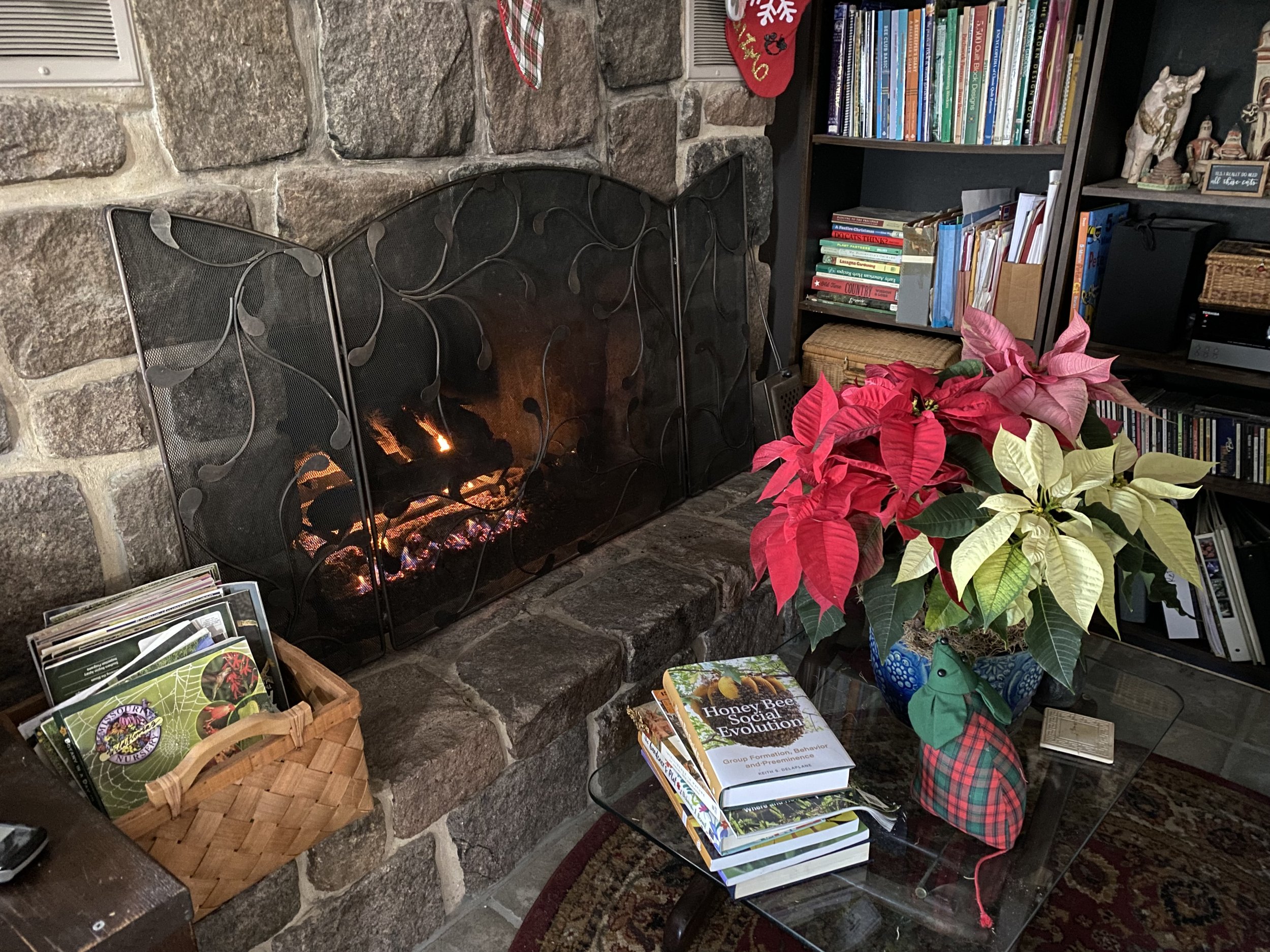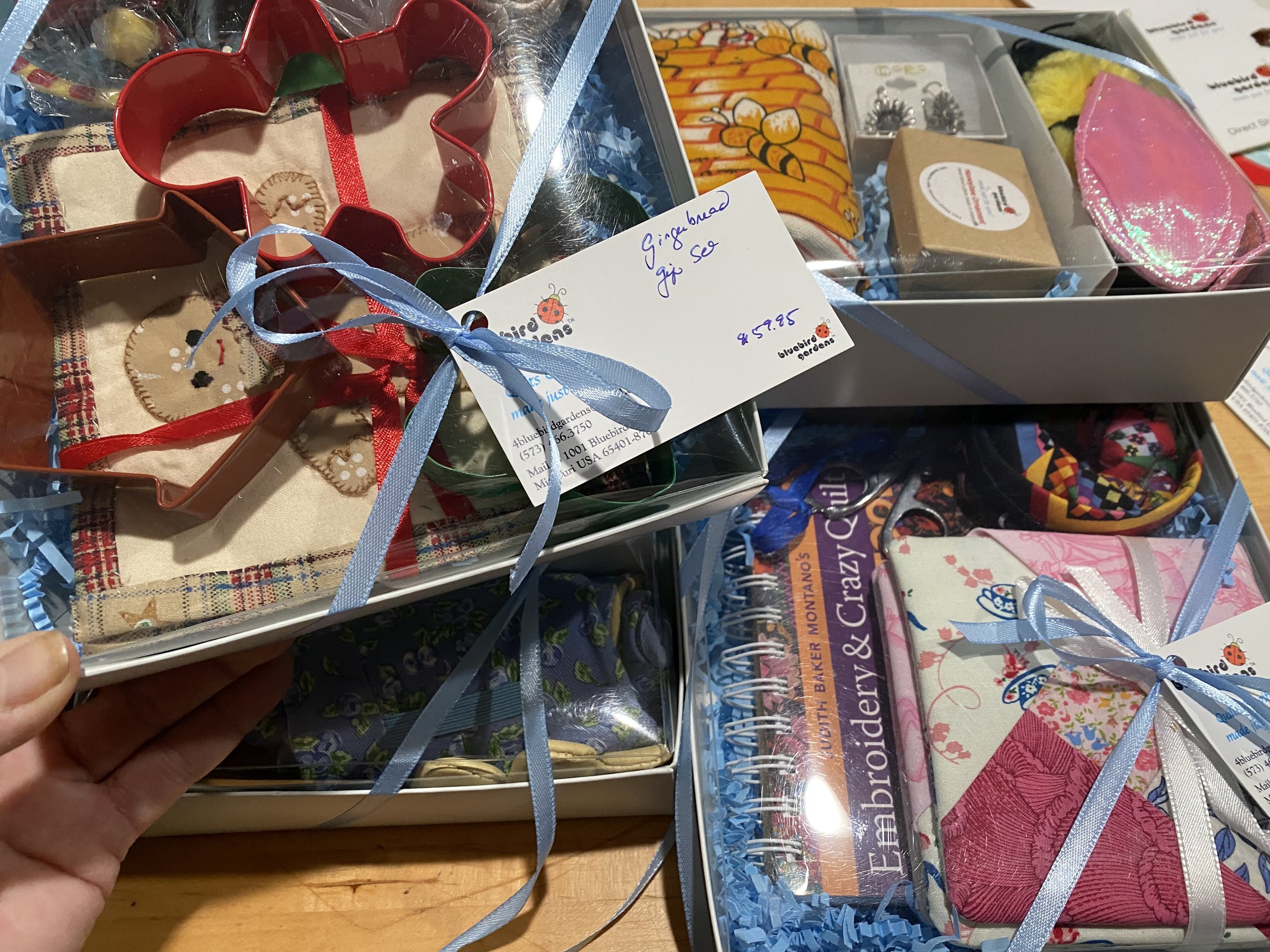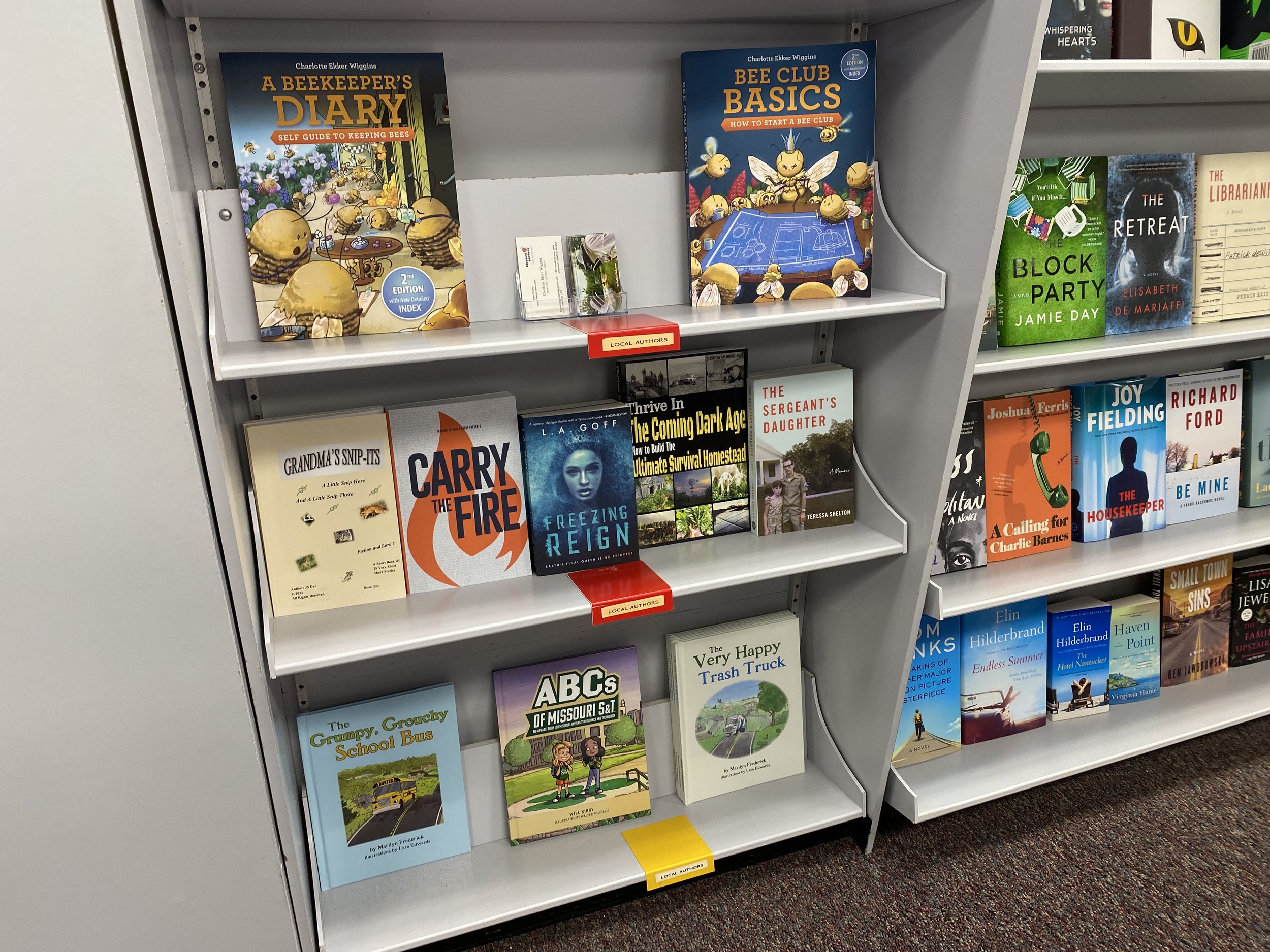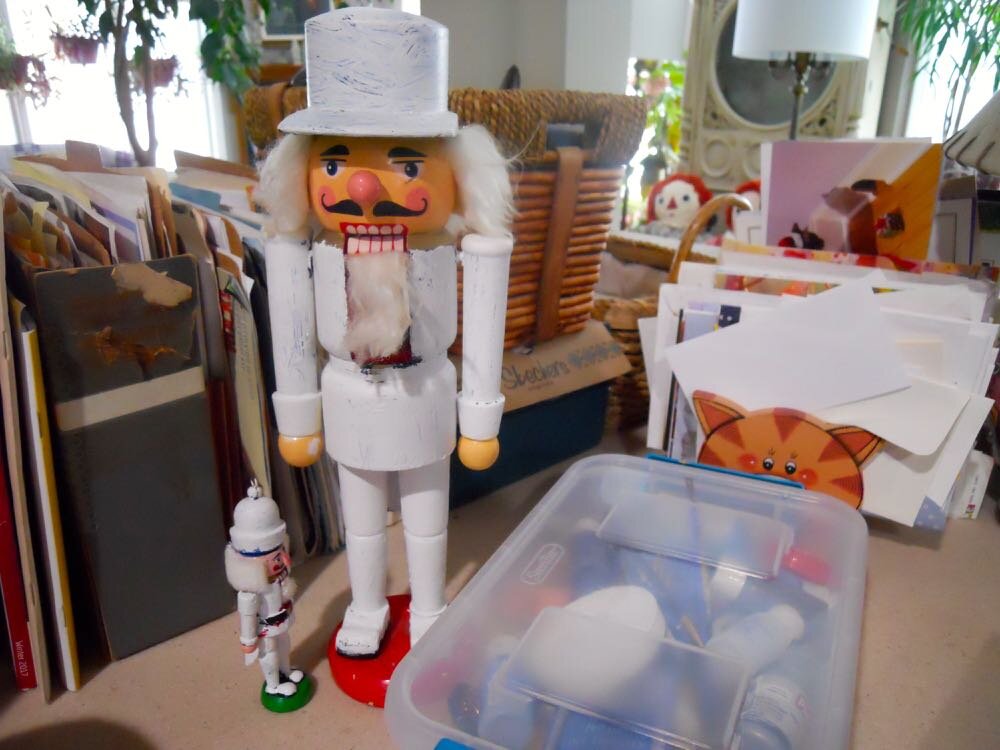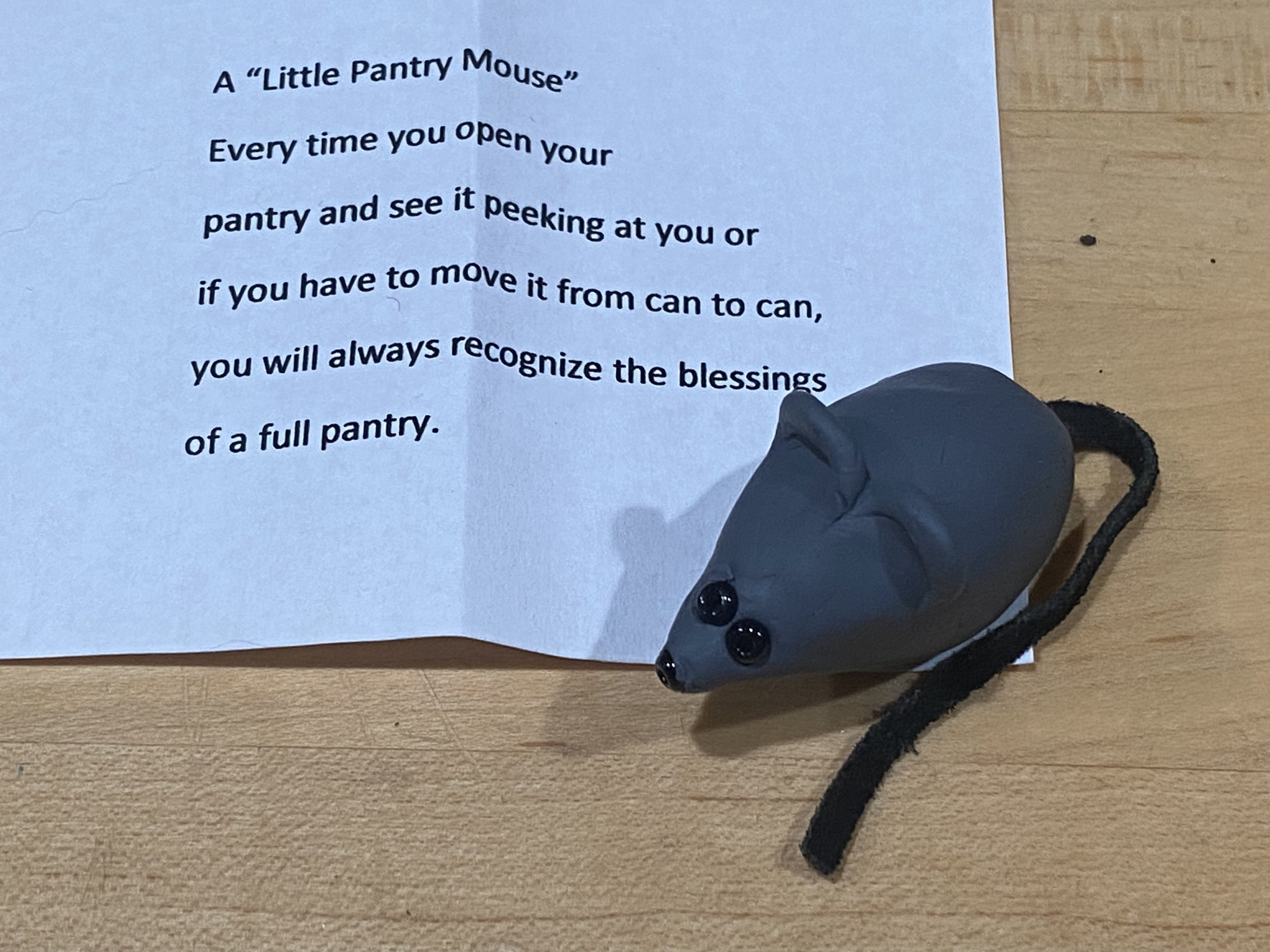Victorian Crazy Quilts
/According to quilting historians, crazy quilts were a money-saving habit in Colonial times that became family tree memory quilts at their height of popularity in the 1800s. When Colonists blankets and coverlets started to wear, they were "cut down" and used in other handmade quilts and children's clothing. These early crazy quilts with random-fabric pieces were serviceable but not necessarily pretty.
Affluence Changed Crazy Quilts
According to Betty Pillsbury in collaboration with Rita Vainius, several influences changed crazy quilts into the "masterpiece quilts" they became. More affluent familiescould afford luxurious fabrics and had the time to embroider. TheJapanese Exposition of 1876seemed to assert the beauty of the randomness of the design. By the 1880s, people were nostalgicfor things as they had been in the past andcrazy quilts became memory quilts:
"Many were made to record family histories and pieces were gathered from many family members. Each piece would be embroidered with the name, birth date, death date (if needed) and an appropriate sentiment of the donor. Incorporated into it might be such things as a man's hat band, a leather bow tie and a piece of corset cover complete with lace."
Source of Name
The "Cultivator and Country Gentleman" first used the name"crazy quilt" in 1878. It referred to an embroidered canvas cushion to be passed among friends. Pillsbury said "each would invent and embroider her own design, and when finished it was returned to its owner."
As the article suggested, "You will think it a 'crazy" cushion indeed!"
Charlotte


